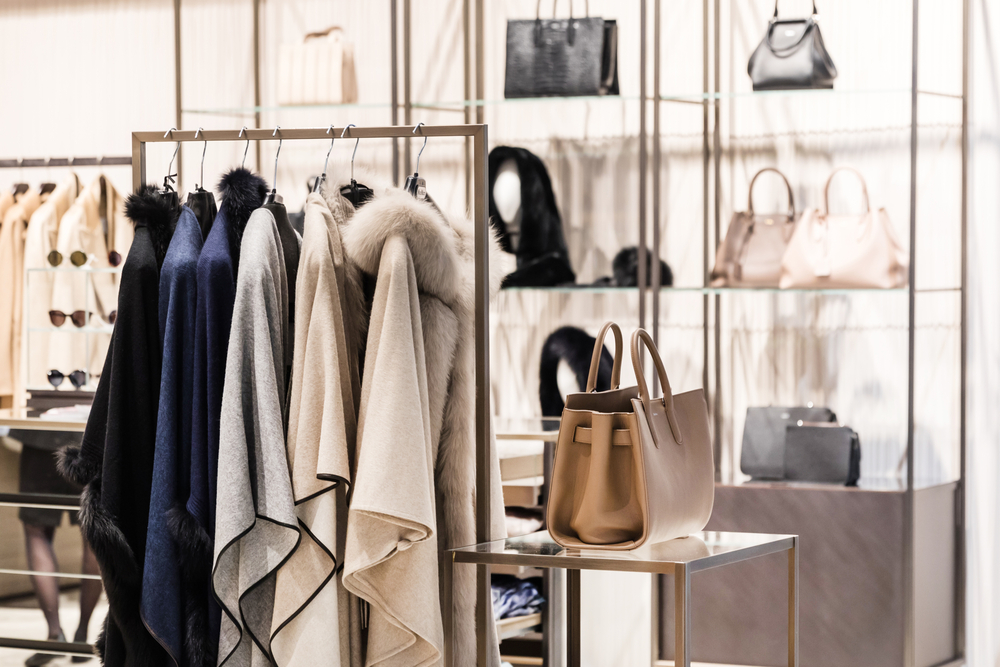In the world of fashion, the debate over whether to invest in a $10 T-shirt or splurge on a $100 counterpart has long been a topic of discussion among style enthusiasts. Beyond mere price tags, the value of wardrobe investments transcends the initial cost and delves into factors such as quality, sustainability, and personal satisfaction. In this article, we will explore the dynamics of the $10 vs. $100 T-shirt dilemma, shedding light on the long-term implications of our fashion choices. Quality endures; invest wisely in timeless $100 wardrobe over fleeting $10.
The $10 T-shirt
At first glance, a $10 T-shirt might seem like an attractive option, especially for those on a budget. Fast fashion retailers have made these affordable garments accessible to the masses, allowing consumers to stay on-trend without breaking the bank. However, the low price tag often comes with hidden costs. Cheap materials, unethical production practices, and subpar craftsmanship can result in a T-shirt that quickly loses its shape, fades after a few washes, and contributes to the environmental toll of disposable fashion.
While the $10 T-shirt may offer a quick and affordable solution to immediate fashion needs, its true cost extends beyond the checkout counter. The throwaway culture associated with inexpensive clothing contributes to environmental degradation, with landfills burdened by discarded garments that fail to withstand the test of time.
The $100 T-shirt
On the other end of the spectrum, the $100 T-shirt represents a higher upfront investment. Brands that command a premium price often prioritize quality, craftsmanship, and sustainable production practices. These T-shirts are typically made from superior materials, ensuring durability and longevity. The higher price tag also reflects fair wages for workers and ethical manufacturing processes, reducing the environmental impact of the fashion industry.
Investing in a $100 T-shirt is not merely about making a fashion statement; it’s a commitment to conscious consumerism. Higher-end brands often prioritize sustainable and eco-friendly practices, addressing concerns related to waste, pollution, and unethical labor. While the initial cost may be steeper, the long-term benefits of a durable, ethically produced T-shirt can outweigh the economic implications.
The Value of Wardrobe Investments
When contemplating the $10 vs. $100 T-shirt dilemma, it’s crucial to consider the broader concept of wardrobe investments. Beyond the immediate gratification of a low-cost garment, investing in quality pieces can lead to a more sustainable and fulfilling wardrobe.
Quality Over Quantity: A $100 T-shirt may seem like a splurge, but its durability and longevity can outlast several cheaper alternatives. Over time, investing in quality over quantity proves more cost-effective and environmentally friendly.
Ethical Considerations: The fashion industry has faced scrutiny for its impact on labor practices and the environment. Choosing a $100 T-shirt from a brand committed to ethical production contributes to positive change within the industry.
Environmental Impact: Fast fashion contributes significantly to environmental degradation, from resource extraction to waste disposal. By investing in a $100 T-shirt, consumers can support brands that prioritize sustainability, reducing their ecological footprint.
Personal Satisfaction: The joy derived from owning a well-crafted, ethically produced T-shirt can go beyond the tangible aspects. Knowing that your fashion choices align with your values can lead to a greater sense of satisfaction and connection with your wardrobe click here.
Conclusion
In the $10 vs. $100 T-shirt debate, the value of wardrobe investments extends beyond the price tag. While the allure of a cheap, trendy T-shirt may be tempting, the long-term consequences of such choices are worth considering. Investing in a $100 T-shirt not only ensures better quality and durability but also contributes to a more sustainable and ethical fashion industry. Ultimately, the value of our wardrobe investments lies in the impact they have on the environment, the lives of those who produce our clothing, and our personal satisfaction as conscious consumers.







